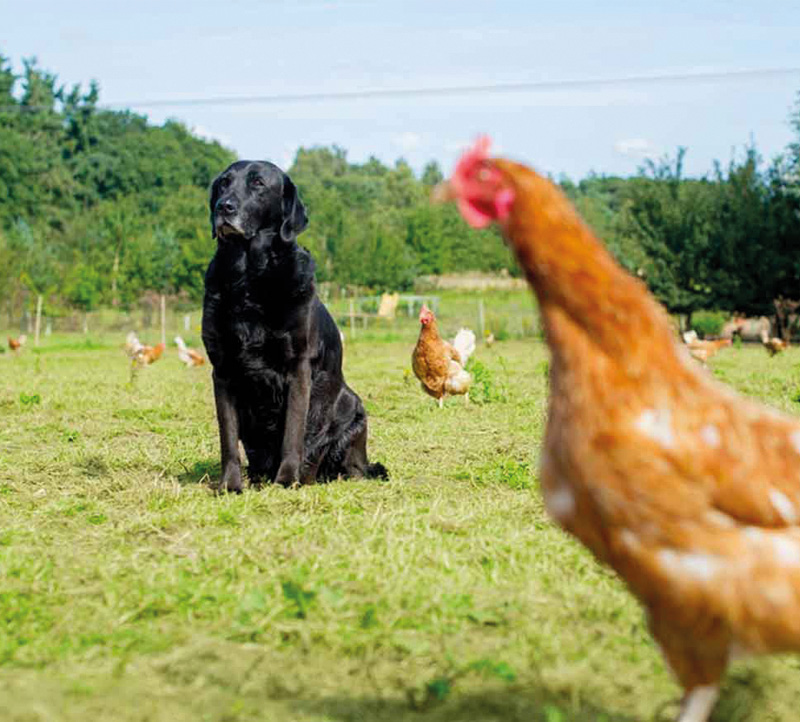The story of BARF
The acronym used to describe the practice of raw feeding dogs is somewhat unfortunate: BARF. The word is defined in the Oxford Dictionary as ‘slang vb (tr), to vomit’, but in the canine world it stands for Biologically Appropriate Raw Food. The BARF diet is designed to replicate what dogs would eat in the wild, that is to say raw meat, raw bones and raw vegetables, herbs and fruits.
So, where does the BARF concept come from?
It really began in the 1930s when a veterinary student, Juliette de Bairacli Levy, questioned the conventional approach to veterinary medicine and decided to explore traditional remedies and, in particular, herbalism. An intrepid explorer, she travelled extensively throughout Eastern Europe, the Middle East and Africa, living for long periods with gypsies and peasant farmers and learning about the natural remedies they used to cure man and beast. The result was a series of groundbreaking books on animal care and livestock management.
One of de Bairacli Levy’s earliest conclusions was that dogs were healthier if they ate a natural diet of raw food and fasted regularly. Her books were highly influential and helped to stem the growth of manufactured pet food. However, from the 1950s onwards shopping and eating habits in the West changed massively. The amount of time spent in the kitchen fell dramatically and there was a move to convenience and processed food. What went for humans went for the family pets, too. By the 1980s all but a tiny percentage of dogs were being fed dried, canned or pouched food.
The switch to convenience food was not universal and even while it was happening there were dissenting voices. In the field of veterinary science one of those dissenting voices was an Australian vet called Ian Billinghurst, who, in 1993, published a book called Give Your Dog a Bone in which he espoused the same principles established by de Bairacli Levy some 60 years earlier.
Billinghurst was one of the first vets to make the connection between canine health and diet. It may seem obvious now but at the time it went in the face of what was generally held to be true, namely that pet food manufacturers knew what was best. Billinghurst says in his first book that as he saw patient after patient coming in with the same, persistent health issues, all of which seemed almost impossible to treat, he suddenly realised that he should be focusing on prevention rather than cure. This, in turn, led him to consider possible causes and the role played by diet.
Who actually came up with the BARF acronym is not entirely clear but Billinghurst is generally credited and all his subsequent books (of which there are several) use the B word in their title.
At almost the same time as BARF started to take off another similar movement began to gain popularity. Its followers believe that the food we give our dogs shouldn’t just be raw… it should be made up almost entirely of raw meaty bones. The Raw Meaty Bones lobby was spearheaded by a British vet living in Australia called Tom Lonsdale. He wrote a book called Raw Meaty Bones: Promote Health. This, in some respects, is a rather more useful book than Billinghurst’s because Lonsdale goes to great lengths to quote the scientific evidence behind raw feeding. There have been a number of studies and, although logic says that raw feeding makes sense, it is reassuring to see that it is based on hard fact.
For more information and advice please contact Honey’s – we’ll be happy to help even if you never, ever plan to become a customer.
Web: www.honeysrealdogfood.com
Email: info@honeysrealdogfood.com
Telephone: 01672 620 260







